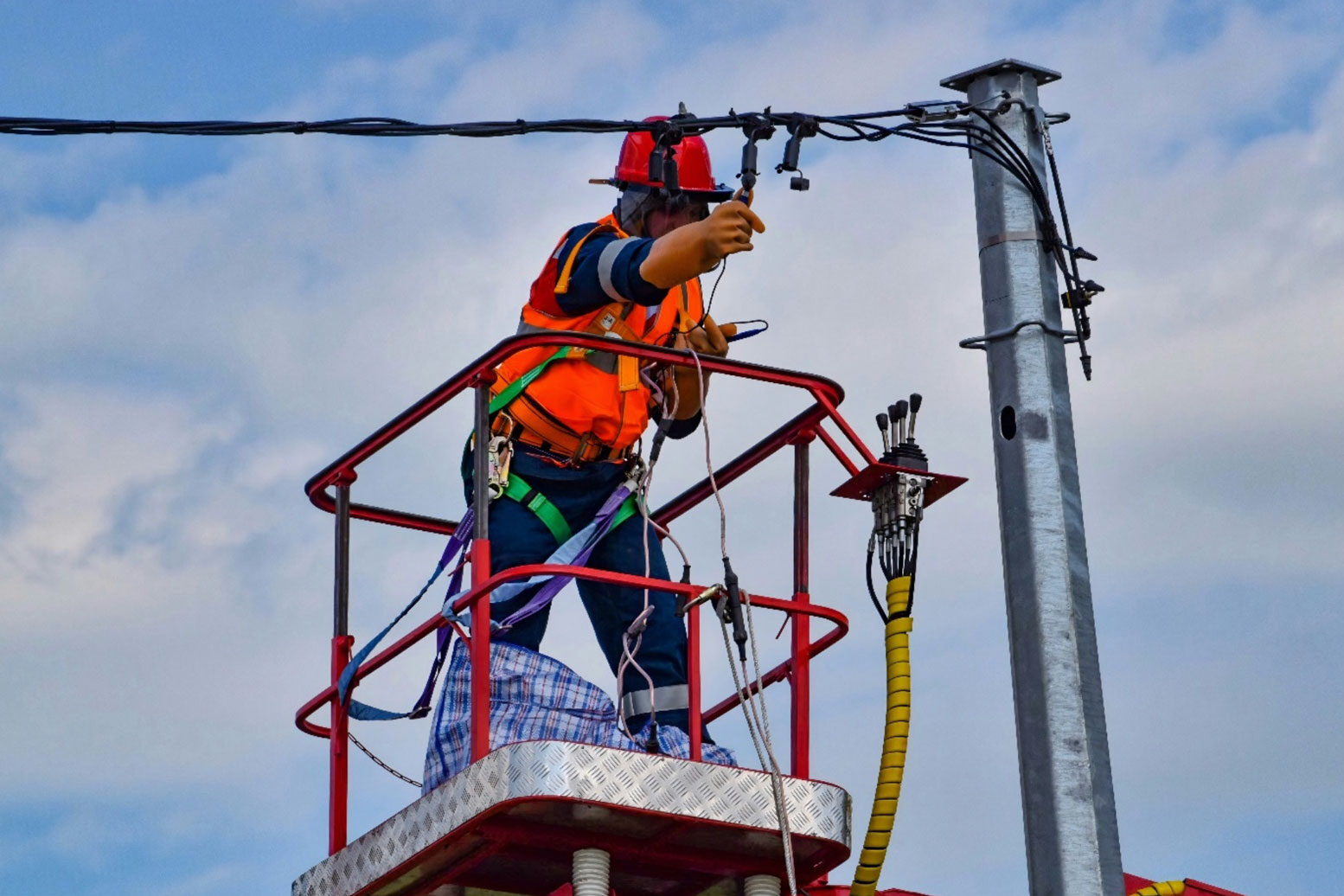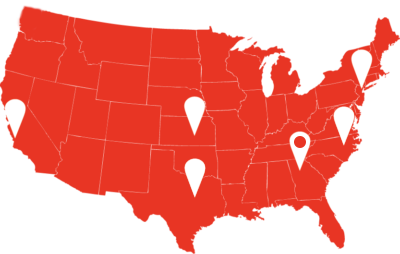Unlocking the Power of Microgrids: Hurdles & Solutions
Share this post:

Microgrids are like the tiny, tech-powered superheroes of the energy world. They hold the key to a cleaner, more reliable future, but before they can truly dominate the energy landscape, they need to overcome some hurdles.
This includes challenges with how utilities view them, how they connect to the big grid, and even how they share the extra power they generate. Let's explore these roadblocks and the innovative solutions paving the way for microgrid success!
Hurdle #1: Utility Obstacles: Imagine the utility grid as a well-oiled machine, humming along, providing electricity. Now, picture a microgrid as a tiny, self-sufficient power plant, buzzing beside the big guy. Utilities might see microgrids as mini-competitors, potentially impacting their revenue streams and investment opportunities by reducing electricity sales and demand for grid-supplied power. As a result, utilities may integrate disincentives into their regulatory frameworks to impede microgrid development, hindering the adoption of distributed energy resources. This effect is exacerbated by the existing cost-of-service construct, which incentivizes utilities to maximize revenue and investment returns.
Hurdle #2: Interconnection Challenges: Privately-owned multi-property microgrids, particularly those integrated into the utility network and utilizing a model with multiple connection points, often encounter difficulties implementing standardized interconnection procedures with the utility system. Due to the absence of established protocols, utilities typically hold exclusive control over the interconnection process, which can result in microgrid developers being required to fund expensive equipment upgrades. The uncertainty regarding these potential costs serves as a significant impediment to the widespread deployment of microgrids.
Hurdle #3: The Retail Dilemma: Many proponents of private microgrid development advocate for the ability to sell electricity directly to retail customers within their microgrids, rather than solely providing backup power during outages ("islanding events"). However, implementing such a model is expected to encounter significant opposition from established utilities, alongside issues surrounding regulatory jurisdiction, tariff applicability, consumer protections, and potential legal hurdles related to franchise rights.
Overcoming Hurdles with Innovation
Despite these challenges, there are solutions emerging to overcome these hurdles. Programs like California's Self-Generation Incentive Program (SGIP) are offering financial support in the form of rebates for clean energy technologies, including solar panels, battery storage systems, and combined heat and power (CHP) systems, which are all key components of a microgrid. These rebates can significantly reduce the upfront cost of installing these technologies, making microgrids more financially viable for communities, businesses, and even individual homes.
Furthermore, SGIP prioritizes projects in disadvantaged communities and high-fire-risk areas, fostering energy independence and resilience where it's needed most. Incentive levels are also based on other factors such as technology type and project size. SGIP is funded through ratepayer surcharges collected by investor-owned utilities in California, including Pacific Gas & Electric (PG&E), Southern California Edison (SCE), and San Diego Gas & Electric (SDG&E).
The Results
SGIP's a champion! It's helped generate enough clean energy to power millions of homes and created over 140,000 jobs - that's like a sustainability superhero saving the day (and the environment)!
So, while there are technical and regulatory challenges, microgrids are poised to become a game-changer in the energy landscape. Their ability to provide clean, reliable power, foster energy independence, and create a more resilient grid makes them a powerful tool for building a sustainable future. With continued innovation and support, microgrids have the potential to revolutionize the way we think about and generate electricity.
written by:
Nick Weiss
Junior Account Manager


